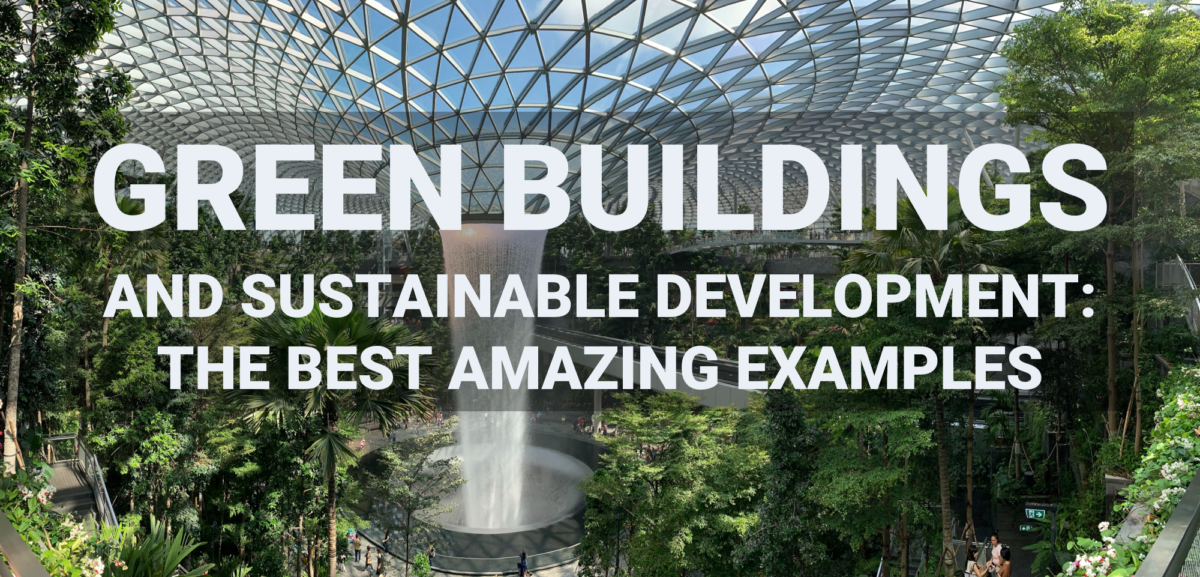For a sustainable future, buildings must be more energy-efficient and environmentally friendly. Sustainable urban development therefore seeks to fight climate change. Consequently, the construction of green buildings plays an essential role in environmental policies.
What is a green building?
Let’s start with the basics – what is a green building?
A green building, also known as a sustainable building, concerns the combination of two key elements, building technicalities and materials. However, both parts of the process must be respectful of the environment from the beginning. That means from design through construction, maintenance, demolition, and recycling must seek to improve environmental performance.
Green buildings are buildings that have a minimal environmental impact. Architects design them in such way that their carbon footprint is minimized. To achieve this, they optimize the building’s energy efficiency and incorporate recycled materials. Furthermore, minimizing water consumption and waste production, improving the performance of building systems, and reducing maintenance costs.
Sustainability and general practices in green buildings may involve the use of renewable resources. Policy makers also utilize optimized tariffs, technologies, systems, operations, and reuse opportunities to enforce this.
Carbon footprint due to construction
There are many buildings around the world, and experts project that CO2 emissions from them to increase by 3% per year. As a result, one of the objectives of green or sustainable buildings is to reduce CO2 emissions from construction.
The construction and operation of buildings produce 38% of all CO2 emissions and 35% of the world’s energy consumption, according to the United Nations Environment Programme (UNEP).
The increase in CO2 emissions from the construction sector generates the need to create a strategy to quickly reduce the demand for these energies in the construction areas.
Thus, one of the biggest concerns is the reduction of carbon emissions incorporated in buildings. Being able to measure, quantify, and rate impact is a great way to start.
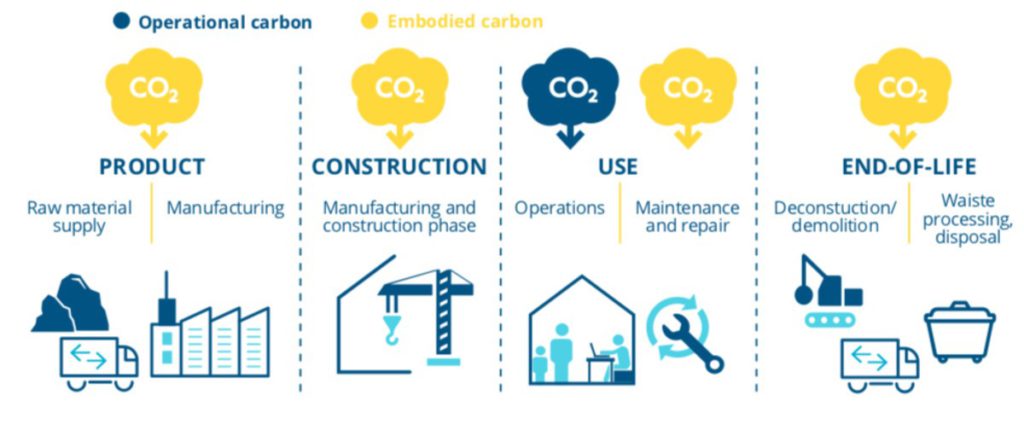
Embodied carbon and global warming potential (GWP)
Embodied Carbon or Embodied Energy refers to the sum of the impact of all the greenhouse gases emitted attributed to a type of material during its lifetime. It is important to note that there are two types of carbon emissions related to buildings: embodied carbon and operational carbon emissions. Operational carbon emissions refer to the emission during the useful life of the building, resulting from the consumption of electricity, heating, cooling, and all its activities.
Measuring the embodied carbon is the fundamental piece of taking necessary measures to give solutions with a critical impact and reduce the carbon footprint associated with a construction project. Without measuring the carbon footprint of a construction project, it is impossible to manage it.
Life Cycle Assessment
The methodology called life cycle assessment (LCA) is applied to measure the environmental impact of buildings. In other words, from the moment of their extraction as a raw material to the moment of disposal. However, we must talk about the global warming potential (GWP), the metric used to measure and track the embodied carbon. GWP uses kilograms of CO2 as the unit of measurement.
Knowing the amount of energy or carbon incorporated from all building materials is essential to be able to execute more conscious and sustainable projects and implement more sustainable materials. As a result, there are technological tools that allow facilitating the calculation of embodied carbon. For example, Autodesk, Carbon Leadership Forum, and other construction companies created software available to the public in a beta version called The Embodied Carbon in Construction tool Calculator (EC3). This tool provides users with information on the carbon embodied in each of the elements of a building.
Did you like this post? Sign up and we’ll send you more awesome posts like this every month.
UN Sustainability Goals
The great concern with which the United Nations Organization sees the impact of construction on the planet makes it consider sustainability objectives. As a result, the UN defines sustainable development as “one that meets the needs of the present without compromising the ability of future generations to meet their own needs.” The UN Sustainable Development Goals are intended to improve global conditions and fight against climate change.
Zero C02 emissions by 2050
The UN states that with the implementation of green buildings, CO2 emissions from construction decrease. Goals include making both the design and construction of green buildings mandatory by 2030. Furthermore they also include ensuring that new sustainable buildings have zero C02 emissions by 2050.
To achieve the objectives set by the UN and contribute each day to reduce CO2 emissions from construction, we must comply with two principles:
- Adaptation of architecture to the environment
- Use of sustainable or natural materials
Integration of a building with its surroundings plays a fundamental role since the building should be part of it, and its architecture should be inspired by nature.
Similarly, the use of sustainable materials such as wood, thanks to its longevity, can last for generations. Additionally, is a natural and biodegradable element.
Another way to contribute to creating more sustainable buildings is during the design process. Thus, we at Tribby3d create the structural software that allows us to optimize the design in such a way as to reduce the use of materials in construction.
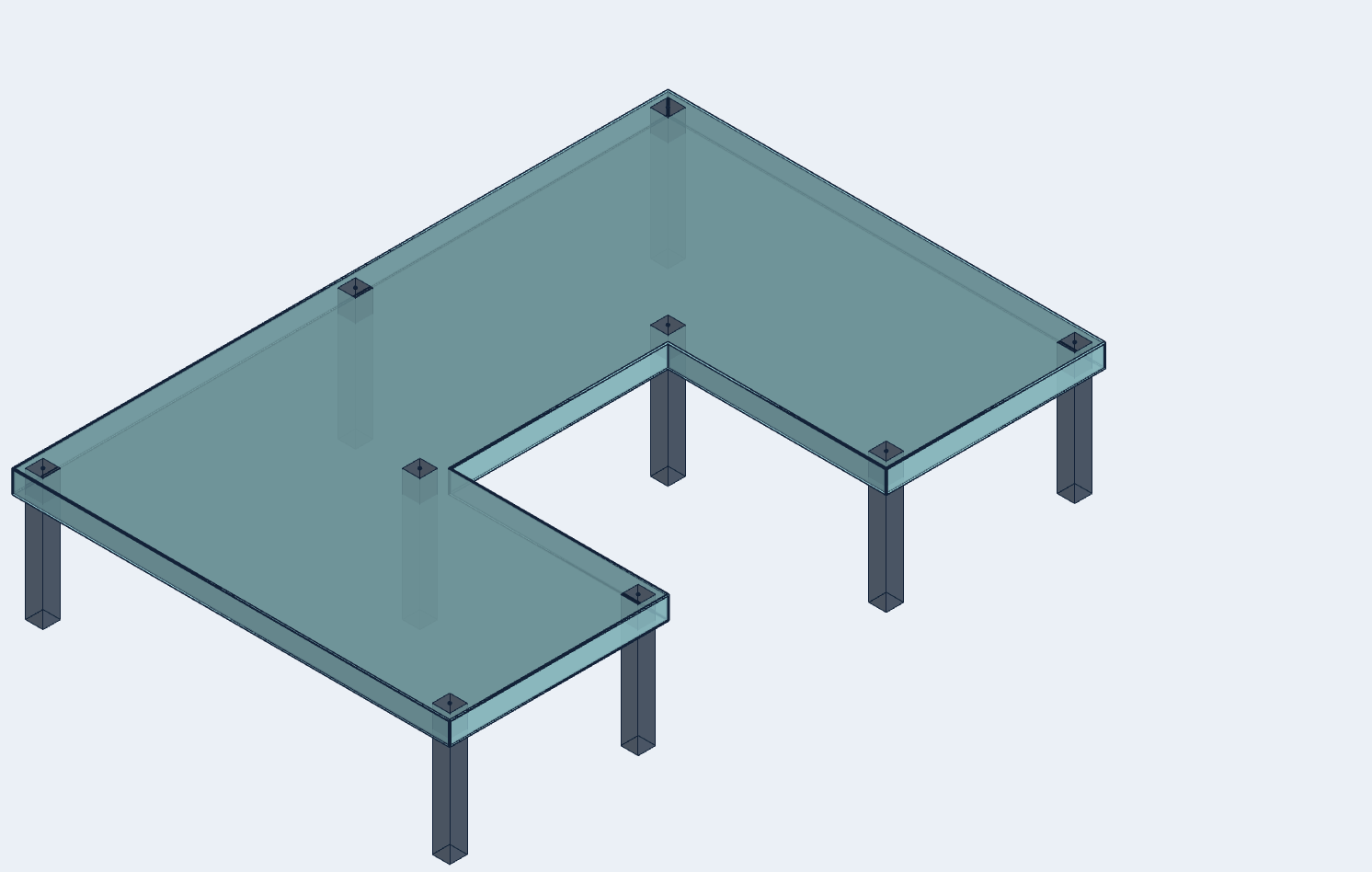
Examples of Green Buildings
Now let’s know some examples of green buildings.
1. Council House 2, Australia
Firstly, The House of Council 2 in Melbourne, Australia, includes gas cogeneration plants that reduce carbon emissions, an 85% reduction in energy consumption, 48 m² of solar panel installation, and lighting technology.
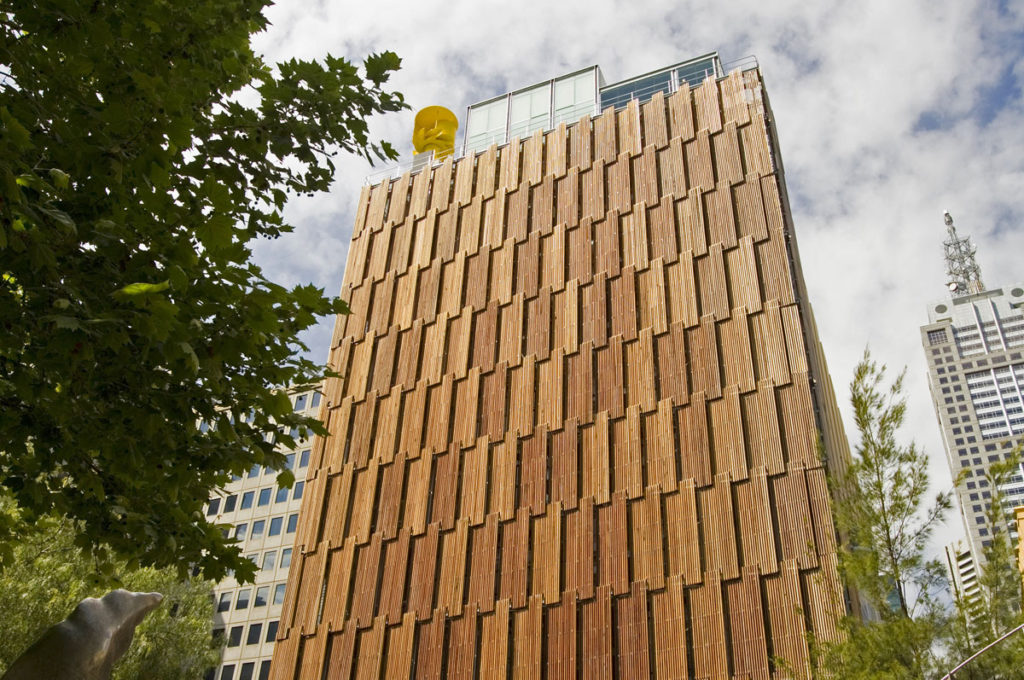
2. Beitou Public Library, Taipei, Taiwan
It is the first green library in Taiwan. It is a two-story building designed to reduce water and electricity consumption thanks to its large windows. Lastly, the roof is partially covered with photovoltaic cells to generate energy and collects rainwater for use in toilets.
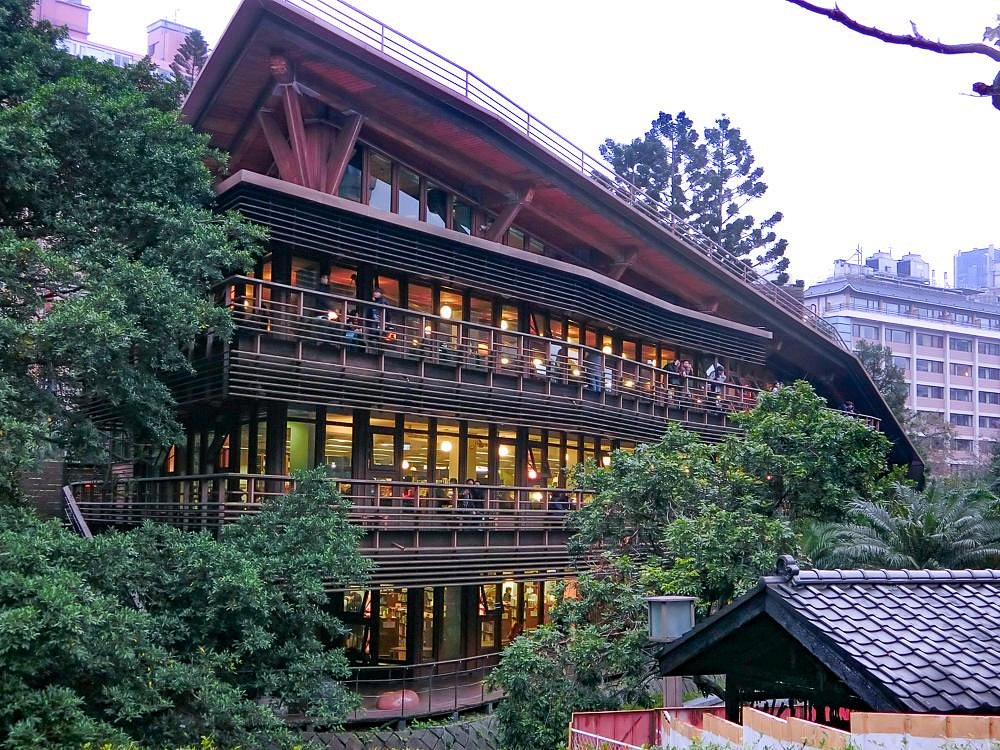
3. DPR Construction’s Phoenix Regional Office, Arizona
It incorporates 87 windows that open and close based on the insulation and moisture needed inside. It also includes an 87-foot zinc-clad solar fireplace to suck in the fresh air and expel hot air from the building. Last but not least: an energy system that shuts down when no one is in the building anymore.
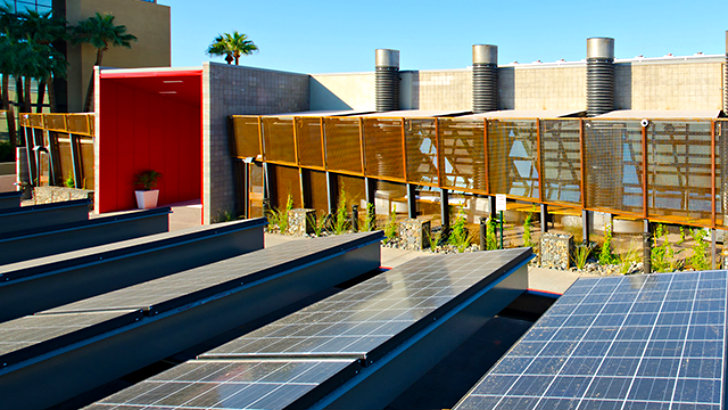
4. The Edge, Netherlands
The building integrates 65,000 square feet of solar panel installations, Ethernet-powered LEDs, aquifer rainwater harvesting, and occupancy monitoring.
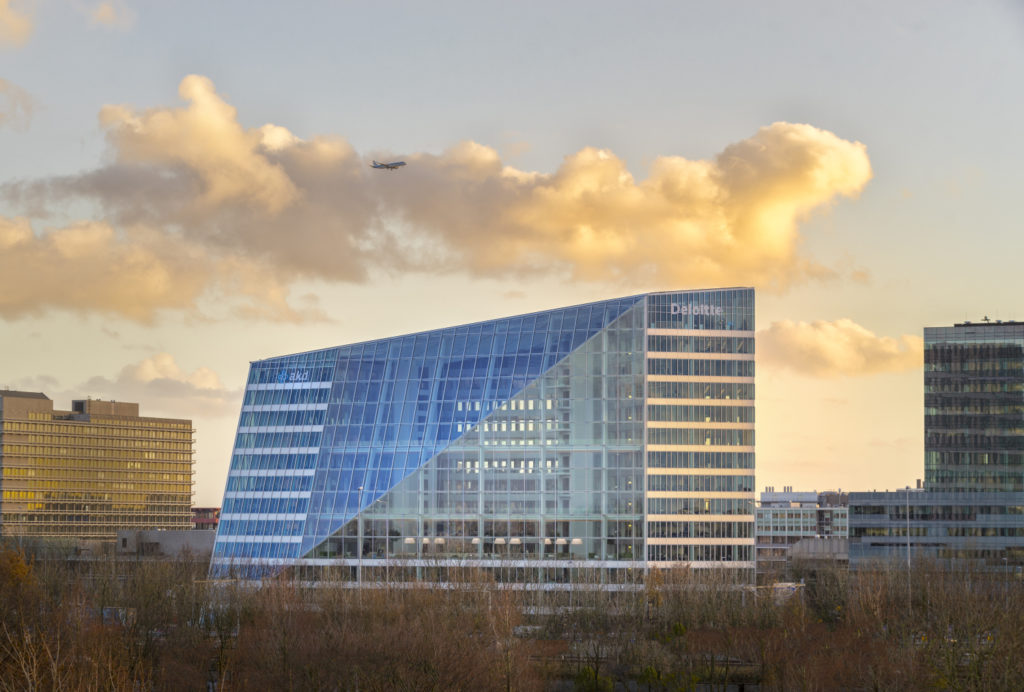
5. One Bryant Park, USA
It is possibly the greenest skyscraper today, this is achieved thanks to waterless urinals and CO2 monitors. Additionally, it has LED lighting, and a power generation plant that provides 4.6 MW of sustainable and clean energy.
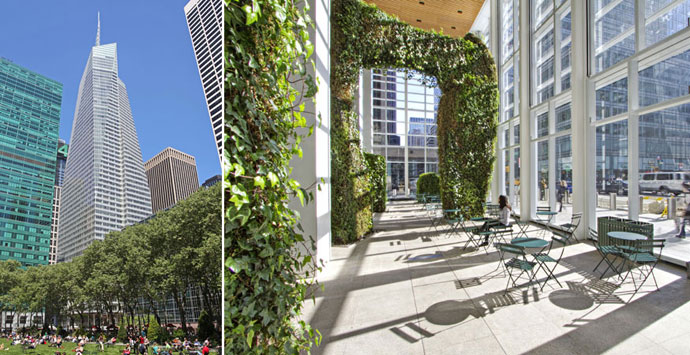
Final Words
The design of structures using sustainable technologies and materials is a key starting point to fight climate change. Thus, to achieve this it is essential to obtain a high level of efficiency with the reduction of natural resources. At Tribby3d, we have developed a ground breaking software which can greatly minimize material quantities by performing structural optimization. The application is designed to give architects, engineers and planners a better picutre of the material usage in a building.

